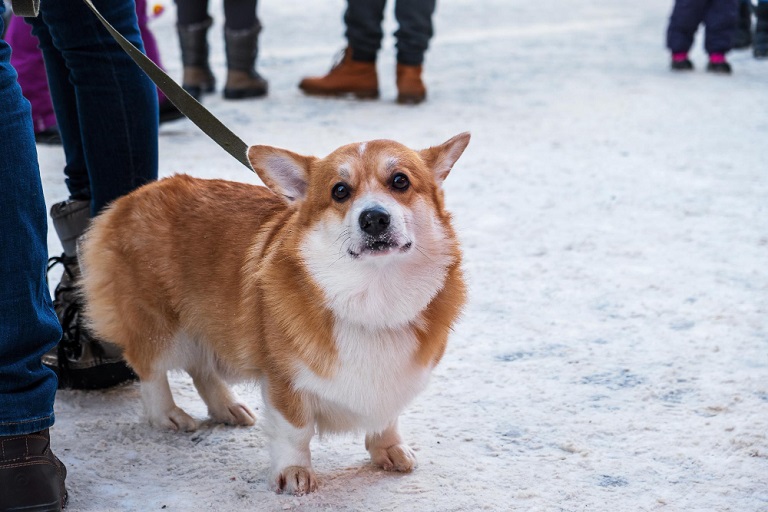Tips to keep pets’ paws safe from the winter environment

When winter comes, your pets still enjoy their walks, but it also means that it’s time to take care of them and make your pets’ paws safe, so you could enjoy your walks a bit longer.
During winter, dogs have to deal with a lot of obstacles on their way, such as:
- Icey surfaces that may cause bruises, sprains, dislocations, and even fractures;
- If you live in a big city an allergic reaction may occur due to the melting snow with a high content of harmful substances, which can be very dangerous;
- If you walk along the highways the antifreeze that accumulates at the roadsides is your pet’s worst enemy, and many others.
How to protect your pets paws in winter?
Every pet owner’s most common problem is sticky dirty snow, clogged between the pads, forming lumps of ice on the fur and hair which injure the delicate skin. The solution could be shoes for dogs. However, it isn’t always possible to find a suitable option and not all pets safely tolerate walking in shoes, which are completely unnatural to them.
To make sure your pets paws are safe you can follow these simple procedures:
- Before going out wax your pet’s pads and the areas between them with Vaseline or a special cream for dogs, protecting animal paws in winter. You can also use butter, just don’t let it walk on the carpet.
- After walking, thoroughly wash your pet’s paws in warm water and gently wipe with a soft towel or cloth. It is crucial to use warm and not hot water, as it may lead to the formation of cracks in the paws.
- Carefully inspect paws for any irritation, inflammation or cuts. If you find anything, it will require an immediate treatment. Use any lubrication ointment that heals wounds. After applying the ointment to your pet’s paws put some socks on them, so your pet will not be able to lick it off.
- Such chemicals as salt and other harmful reagents found in snow may cause an allergic reaction, so it is highly advisable to have an anti-allergic ointment to relieve a local reaction on the skin. A great way to protect pet’s paws in the winter is with Safe Paw pet friendly ice melt.
- Don’t forget that in winter claws aren’t worn down, so you would have to cut the claws yourself more frequently than during other seasons.
First aid for hypothermia and frostbite:
If you see your dog begins to tremble this is the first sign of hypothermia. In this case, don’t attempt to warm it up by jogging and active games – the best advice here would be to return home as quickly as possible. If the dog isn’t too big pick it up and carry it in your arms. At home wrap it in a blanket and check the temperature. If it’s lower than usual take it to the veterinarian immediately.
The first sign of frostbite is a pale skin on the damaged areas. After recovering the blood circulation, the skin turns red and starts to peel off. Then, it gets dark, sometimes clearly black. Usually frosted parts are recovered within 14-20 days. Don’t try to rub these areas as it will contribute to the emergence of micro-cracks, which are vulnerable to infections. Use warming bandages instead, consisting of a thick layer of cotton wool.

